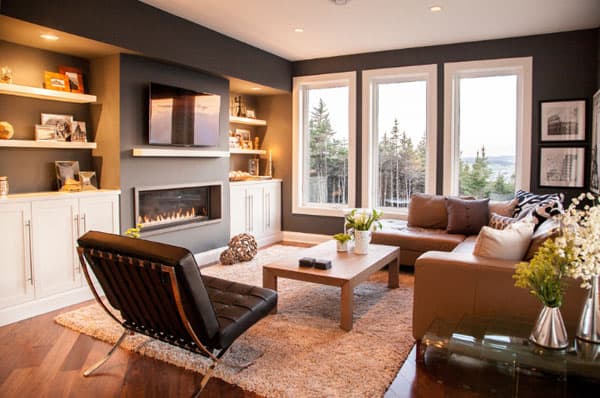
Your home is your castle. You love it. But, it needs more – more light. What do you do? How do you kick things up a notch? Well, fortunately, there’s more than one solution to this problem, but it requires that you first make a plan.
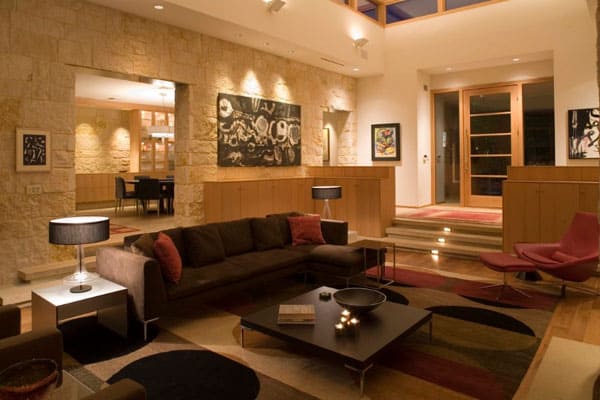
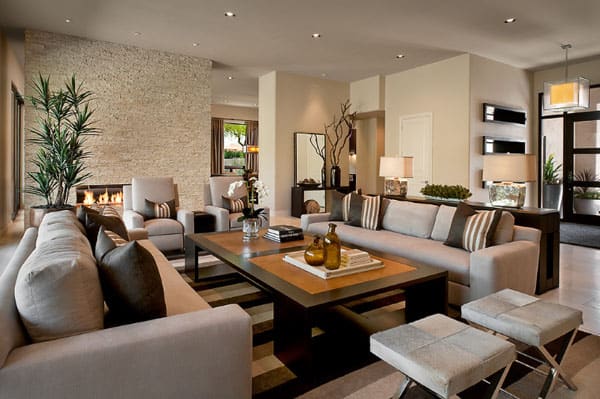
Your Plan
Whip out your pen and a pad of paper. Go around the house and start taking notes. The first thing you want to start jotting down is how the space will be used. Think about all of the possible uses for every room in the home. Your lounge, for example, might double up as a study or an office. Your kids might need to do their homework or practise musical instruments in this room.
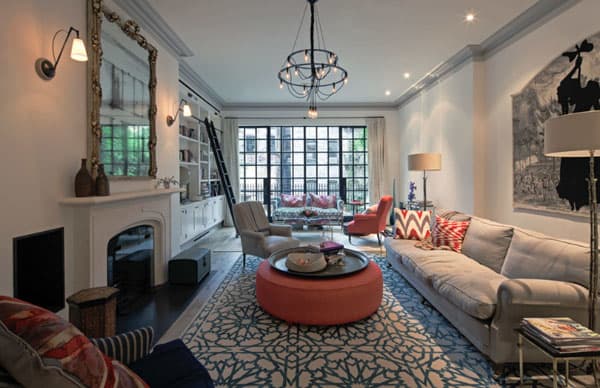

If you have a spare bedroom, can it also be used as an arts and crafts room – for sewing and knitting? Write down what’s on display in every room. Do you have any specific picture or plant that you want to highlight in any of these rooms? Write all of this down as it’s going to determine the type of accent lighting you’ll use. Also, who uses the rooms in your house?
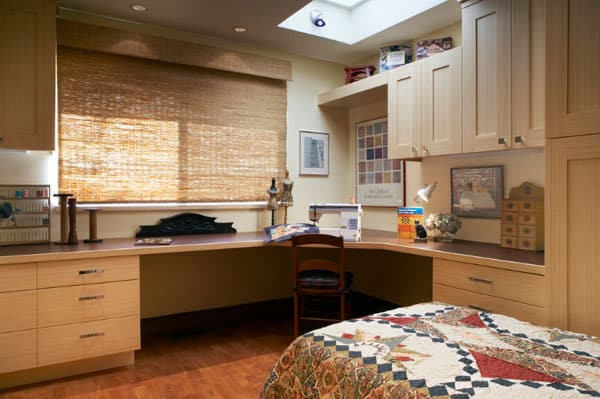
That makes a difference in lighting too. A 70-year-old requires more than 15 times as much light for reading as a 10-year-old.
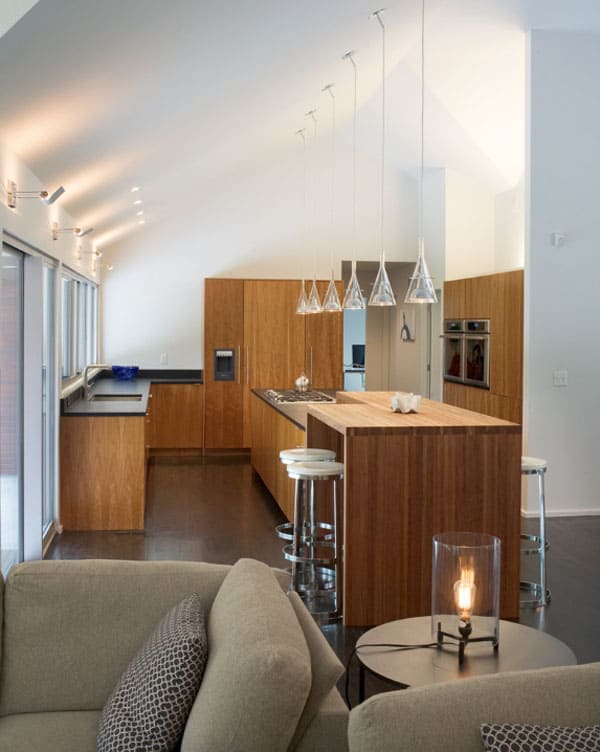
How To make Your Plan
Now for the fun part. Get out a piece of graph paper, it’s time to draw your plan. Mark immovable fixtures, like fireplaces, alcoves, and doors and windows. These will have to remain where they are unless you plan on doing some serious remodelling. Then, everything is on the table.
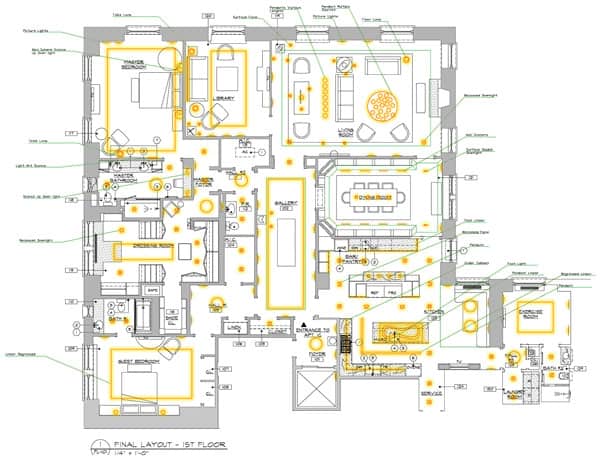
Next, mark which way people are likely to be facing in the room – use arrows. For example, if you’re marking up the T.V. room, use arrows to indicate where people will likely be sitting and which way they will be facing (i.e. towards the T.V. set).
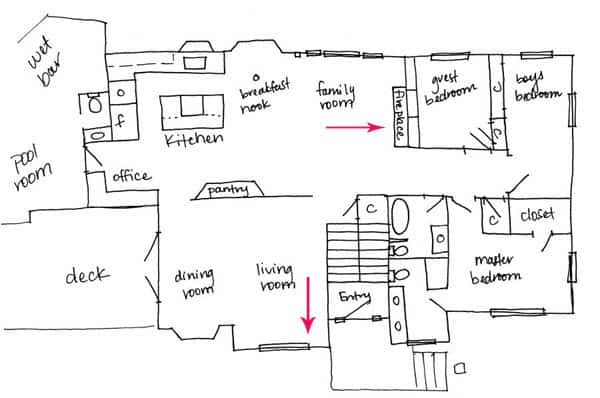
Mark the existing sockets. In most homes, there aren’t enough of these. That can result in dangerously overloaded plugs. Now, work out where the light switches should be. Think logically about this. When you walk into a dark room, where do you want the switch to be, if there isn’t one there already? It’s really frustrating to walk into a room without a switch – feeling around in the dark for a switch that’s not there.
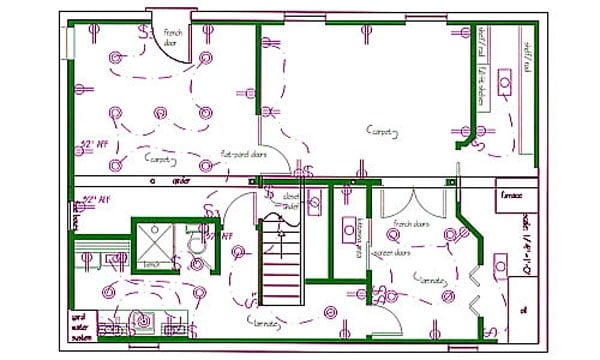
Mark down where you’ll place large furniture sections, like sofas and beds. Now, think about how you’re going to change a bulb. If you live in a house with really high ceilings, or you live in a loft-style apartment, how will you get to that light that’s 20 ft in the air?

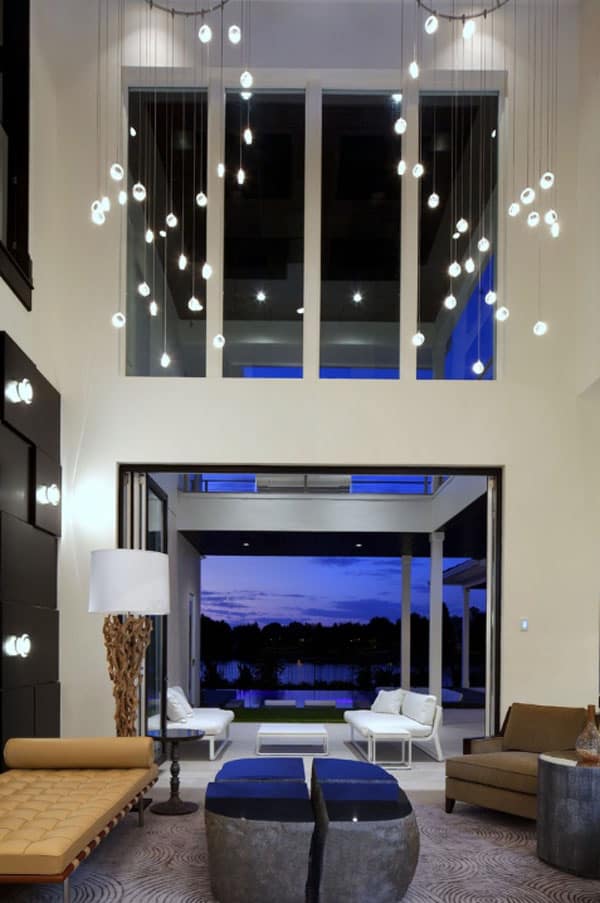
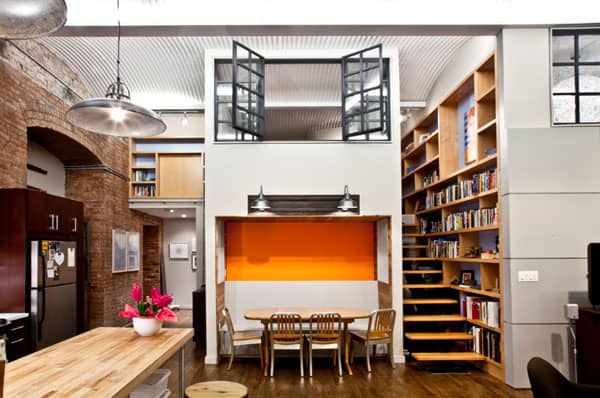
You might have to shop around for devices that can help you reach bulbs in odd locations – or you might have to set up auxiliary lighting.
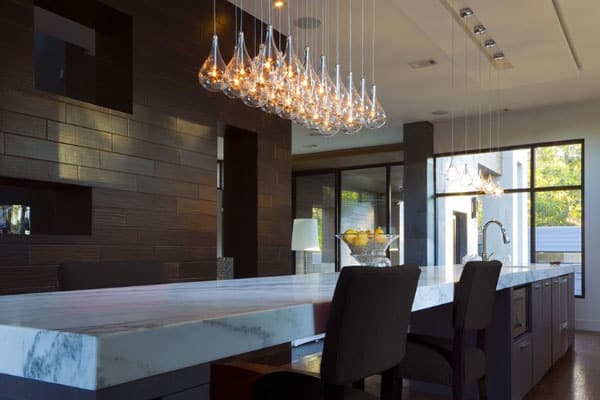
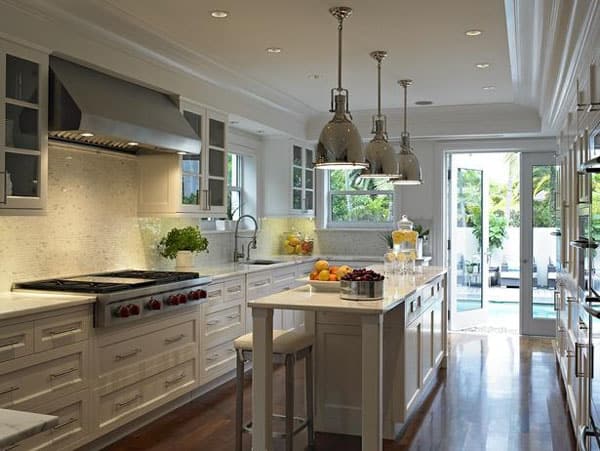
What About Circuits?
Do you want to be able to turn out all of the lights in a room with a single switch? This is pretty handy, but it also requires special circuits and electrical outlets. What about dimmer switches? Would you like to dim the lights in the evening without shutting them all the way off? Ideally, you should fit several circuits in each room. Each one should have a dimmer and no more than two lights in each one. Finally, avoid putting more than three switches on a panel or you might forget what all of them are used for.



The opinions and views expressed in this story are not our own but that of the guest contributor to this post — Ruby Richards is a self-admitted home improvement fanatic of many years. When she’s not renovating and decorating, she’s writing all about it on a variety of websites.
Photos Sources: 1. Mod & Stanley Interior Design, 2. Dick Clark + Associates, 3. Ownby Design, 4. BWArchitects, 5. The Creative Edge, 6. Harrell Remodeling, 7. Hufft Projects, 8. ASID, 9. Our Humble Abode, 10. AG Interior Design, 11. Another Design International, 12. Sunscape Homes, 13. Design42 Architecture, 14. West Architecture Studio, 15. Deborah Wecselman Design, 16. Carson Poetzl, 17. C O N T E N T Architecture, 18. dSPACE Studio Ltd




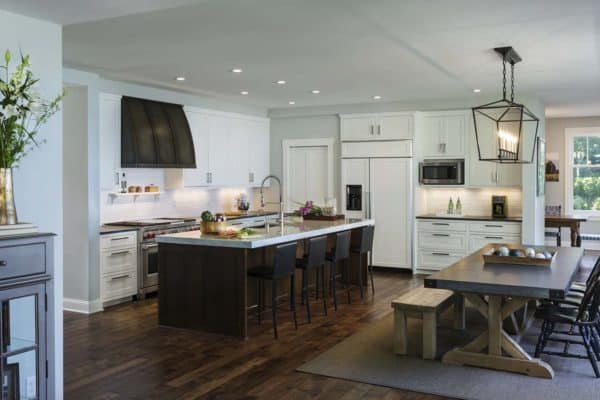
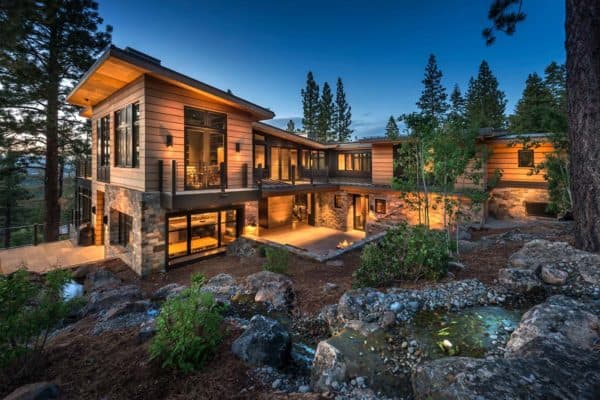
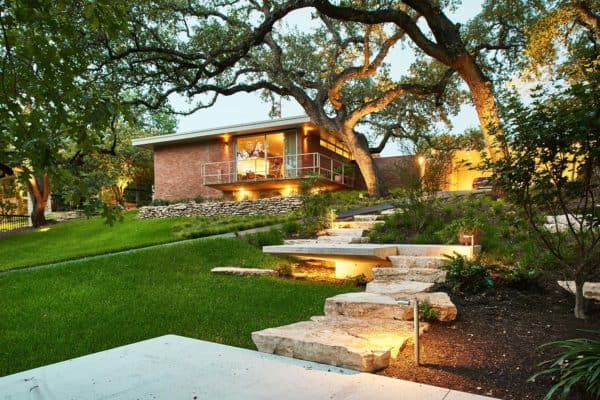

1 comment